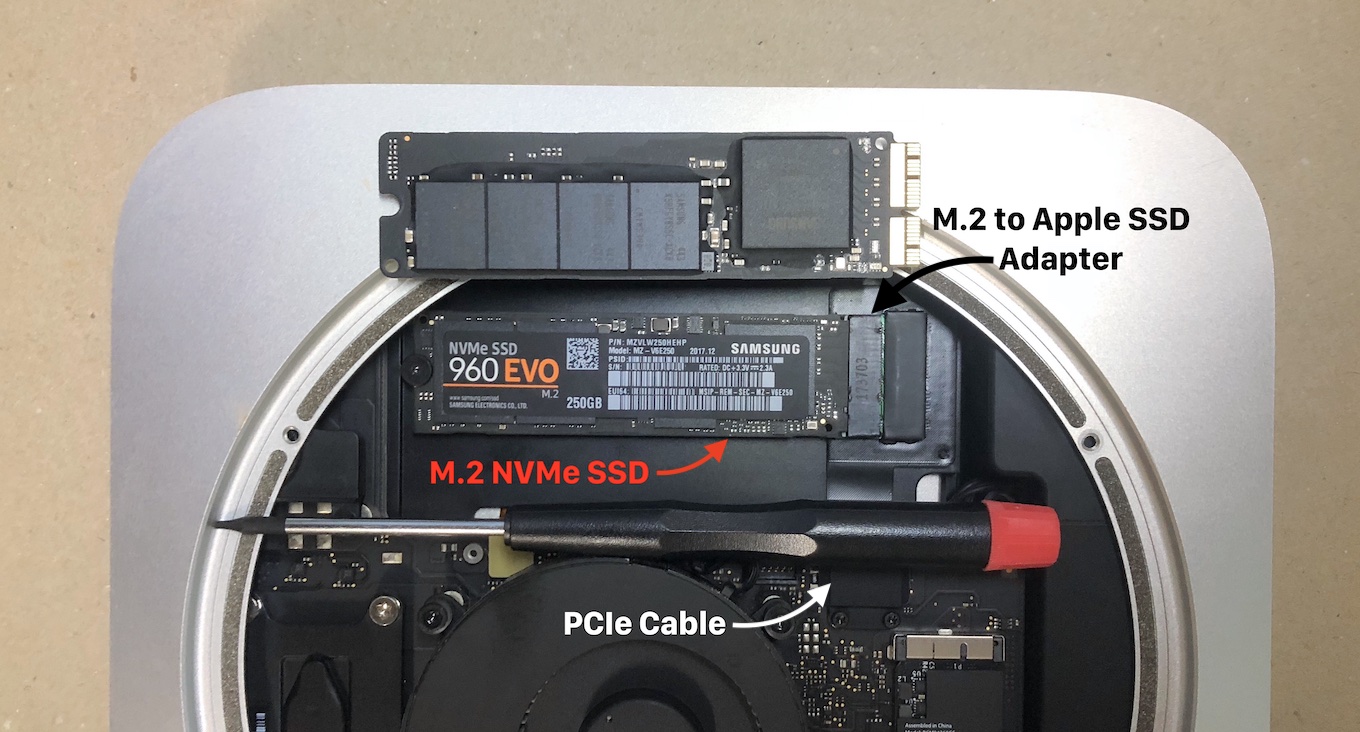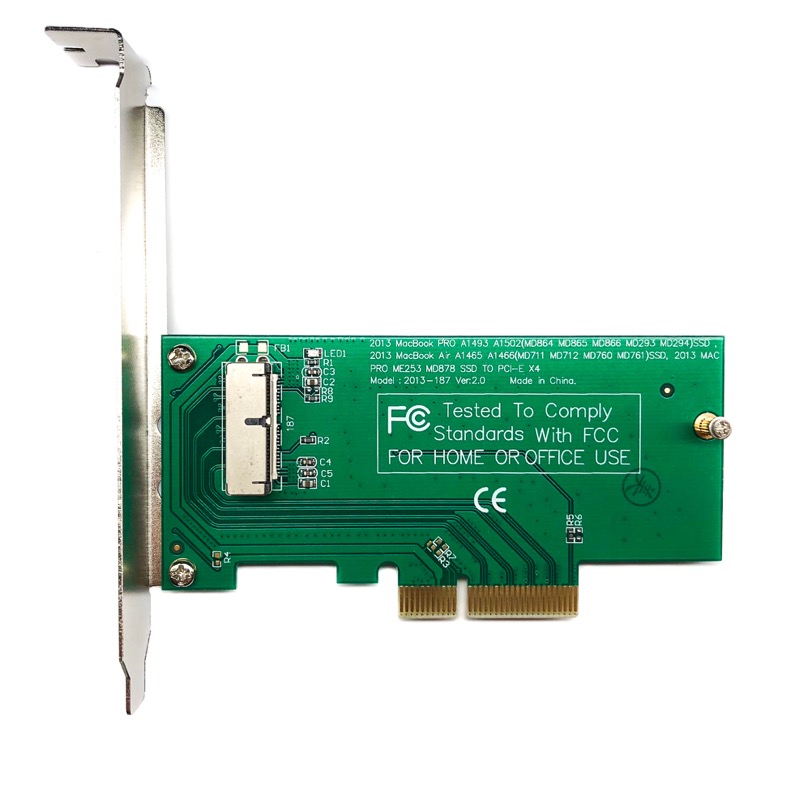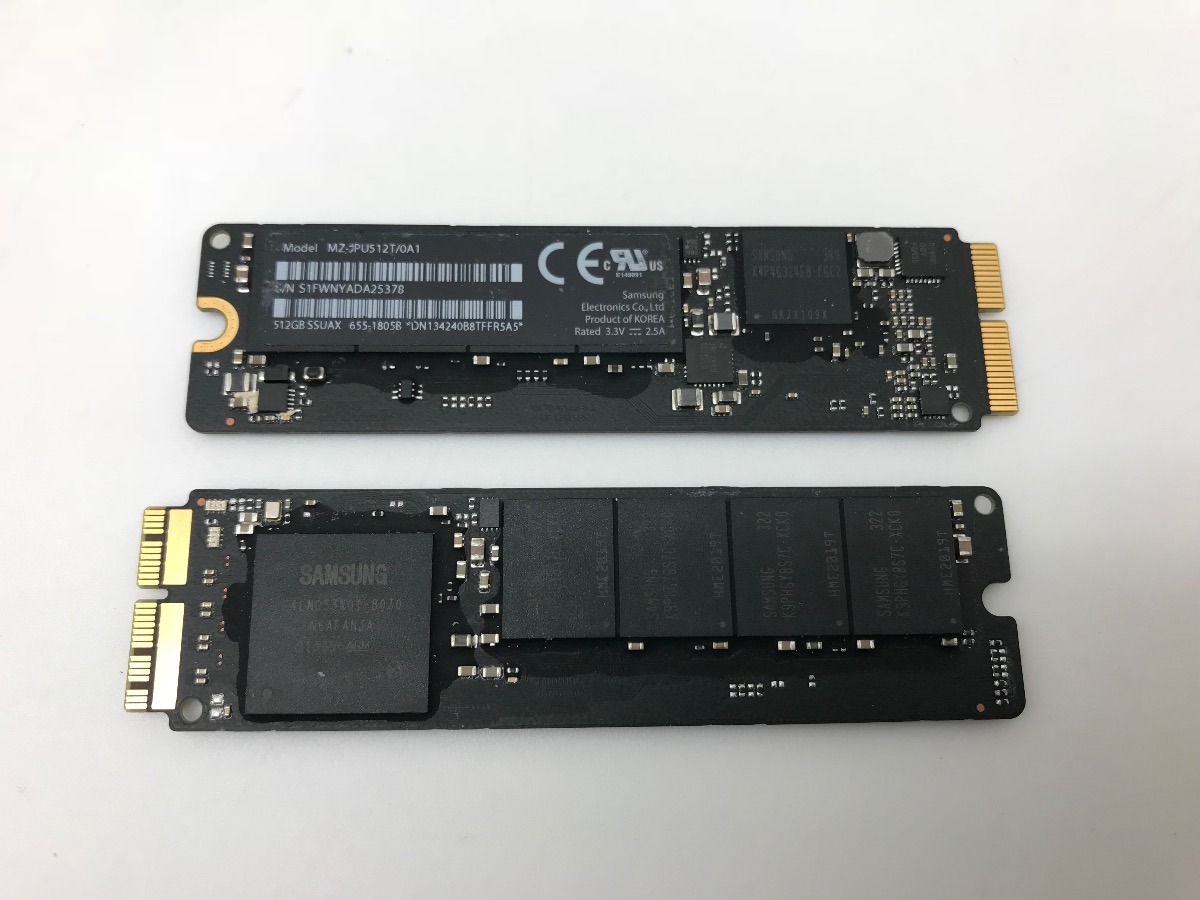I finally got around to upgrading my 2014 Mac mini with a solid state drive (SSD). The difference is like night and day. If you’re using one of these models and you’re looking for a good way to bump up the performance, an SSD is, quite frankly, one of the only things you can do (unlike older Mac minis, Apple soldered the RAM in place). Regardless, I strongly recommend considering it – not just for a 2014 Mac mini, but for any older Mac you’d like to pep up.
Upgrade your 2014 Mac mini flash storage up to 2.0TB with speeds up to 92x faster than the original drive. Kit includes all tools for DIY installation. OWC Solid State Drives For Mac mini (Late 2014) 30 x. Up to 30x the capacity of the original drive. Up to 92x faster than the original drive. Installing an Aura N SSD in a HDD-only.
At $499, the base-model Mac mini is Apple’s least-expensive Mac, half the price of the MacBook Air but not nearly as peppy. It comes with a 1.4 GHz CPU and 4 GB of RAM. I never expected it to win any races, but what kills the Mac mini compared to the MacBook Air isn’t the CPU or the RAM. It’s the storage. That’s because Apple continues to offer that model with a spinning hard disk drive, and that murders performance.
- OWC 1.0TB Aura Pro X2 NVMe Flash Add-On Solution for Mac Mini (Late 2014), Including Tools & Installation Components (OWCS3DAPT4MM10K) Model #.
- How to Upgrade or Install an SSD in an Apple Mac mini (Late 2014) OWC Skill Level: 'Straightforward' Duration: 5:11 OWC's step-by-step video of how to upgrade or install an SSD in an Apple Mac mini (Late 2014). Interested in using these videos on your site view our video usage policy. DISCLAIMER: Although every effort is made to provide the.
- Use this guide to replace the SSD stick in an SSD only, or Fusion Drive model of the Mac mini Late 2014.
- Apple Mac Mini 2012 i5-3210m 2.5GHz 16GB 256GB SSD Mac OS 10.15 Catalina. Picture Information. Details about Apple Mac Mini Late 2014 Core i5 1.4GHz 4GB RAM 256GB SSD MGEM2LL/A. 7 viewed per hour. Apple Mac Mini Late 2014 Core i5 1.4GHz 4GB RAM 256GB SSD.
The price of SSDs has dropped precipitously in the past few years, but hard drives remain the champion of low cost per gigabyte – a 500 GB HDD replacement for a Mac mini costs you less than $50 at retail, while a 500 GB SSD might cost three times that amount. It’s little wonder that Apple continues to use them for low-cost, low-margin systems like the Mac mini. In the process, Apple sacrifices a lot of performance.
21st-century computing saddled with 20th-century storage
Hard drives are faster, smaller, and use less energy than ever before, but they’re still essentially unchanged in basic concept from the first refrigerator-sized storage devices that IBM developed for its room-sized computers more than half a century ago.
Almost 30 years ago I worked for a hard drive company, and one of the first things I did when I started was to take apart a drive to understand how it worked. The one I disassembled was bigger, slower, noisier, and less reliable than the ones used in computers today, but with the cover off, it looked just the same as a modern one. Different materials, upgrades in mechanisms and capabilities, much better electronics inside, but mechanically similar enough that there’s no mistaking it.
Inside each hard drive is a mechanism that looks remarkably like a record player. Your data is written to a disc of magnetic material that spins on a central motor. A tiny arm outfitted with sensitive electronics reads and writes data sequentially to the disc surface by changing microscopic parts of the surface’s magnetic polarity.
Why SSDs make the difference
macOS is not bad at navigating slower-speed CPUs and limited RAM overhead. It does so by pushing off a lot of work to “virtual memory,” which pages information out to storage when not in active physical memory. That’s why my poor Mac mini slowed to a crawl whenever I asked it to do something. Click on an app icon in the Dock, for example, and I’d lose track of how many “bounces” I’d watch until it finally opened. Trying to do anything was equally painful – lots of spinning beach balls while the Mac waited for data. Starting up and shutting down took a long time too, as macOS handled all that virtual memory housekeeping.
Using a Mac with limited memory, slow CPU and a spinning hard drive requires infinite patience. More often than not, I’d start to do something, wander off until the Mac mini was ready, then get back to it.
SSDs comprise memory chips with no moving parts. They’re very sophisticated memory chips, connected to equally complex controller circuits which manage the flow of data hither and yon. But they’re not saddled with spinning motors, disk arms, or anything else that moves. The flow of data is governed by basic physics – how fast electricity moves across circuits, the bandwidth of the controller chips and the peripheral interface.
As a result, SSDs are very fast. They’re also very quiet, since there are no moving parts. They’re more reliable than hard drives too, since jostling them doesn’t risk damaging moving components inside. They can also be produced in much smaller sizes, though SSD makers also make them in housing designed to work as a plug-and-play Serial ATA (SATA)-equipped replacements for hard drives. I used one such drive, from Mac-friendly upgrade company Other World Computing.
Replacing the hard drive with an SSD removes that bottleneck. Now the Mac mini performs more like a MacBook Air (albeit still slower than one). Two or three bounces and apps open. I can open several apps at once without suffering the indignity of endless beach balls. It’s really brightened things up. I haven’t benchmarked it, but I really don’t need to – it was totally worth the effort.
Doing the upgrade
This is now the fourth Mac mini model I’ve worked on, and Apple has changed them each time. Sometimes the changes were subtle, sometimes dramatic. This was by far the most challenging Mac mini I’ve disassembled. But in the end, it went smoothly and without incident. I’m not going to go through the process step-by-step, but I thought I’d offer a few impressions and suggestions based on my experience. If you’re interested, just Google it or hit YouTube for help. iFixit’s step-by-step teardowns and repair guides are indispensable. (I found the Verge’s teardown instructions, written by Nick Statt, which I won’t link to here, to be needlessly hysterical and overdramatic.)
The first order of business was to clone the Mac mini’s hard drive to the SSD. I did so by putting the SSD in an external USB drive sled I keep around for such occasions – they’re a dime a dozen from vendors like NewEgg. This wasn’t strictly necessary – I could have used the Mac mini’s Internet Restore mode to download a fresh copy of macOS from Apple’s servers and install it, then restore from my Time Machine backup. But I wanted to save myself time. Cloning creates a bootable bit-for-bit copy of the existing hard drive. I used Shirt Pocket’s SuperDuper to handle that.
The first thing that tripped me up when I popped off the Mac mini’s bottom case cover: The 2014 model uses T6 security screws on the bottom. T6 security screws differ from standard Torx screws with an indentation in their center that keeps a regular Torx bit from fitting. You’ll need a special T6 security bit to remove it. Again, iFixit saved my bacon here – their toolkit included everything I needed, except for a motherboard removal tool (read on for details).
Here’s a tip: As you’re going along, use your smartphone to take photos of all the screws you remove, or place them on a mat in roughly the same place as you took them out. That’ll make it easier for you during the reassembly to figure out which screws go where.
To replace the hard drive on a 2014 Mac mini, you have to disassemble the Mac mini case, carefully disconnect the Wi-Fi antenna, disassemble the fan, remove the main logic board and the power supply. Most of that is pretty straightforward, albeit time consuming, often frustrating work because of the small space and tiny components. I budged an entire morning to do the upgrade, but I was doing a lot of other stuff while I worked.

Most of the guides I saw mention a Mac mini motherboard removal tool, which is inserted into two holes on the motherboard to help you slide it out of the back of the case. iFixit offers their own version for $5, and I’ve seen videos of people improvising their own using a pair of small screwdrivers or even using a straightened wire coathanger. It was unnecessary in my experience – just pushing the board out the back with my thumbs was enough to get it out. But forewarned is forearmed. If you want to make sure you have everything you need, make sure to have that on-hand too.
Once those items are removed, the last thing to do is to remove the hard drive tray. Four screws on either side of the drive hold it in place, and the SATA data cable is glued down to the drive’s controller board and affixed using a small piece of black tape which keeps the SATA cable in place. Both the tape and the SATA cable can be peeled off and put back in place once you’ve replaced the drive with the SSD. One last note – the hard drive Apple included in my Mac mini had two little foam pieces glued to it to reduce drive vibration. I didn’t bother to put those back on the SSD, since SSDs don’t vibrate, and because the SSD I used was taller than the 7mm drive, manufactured by HGST, that Apple installed. I haven’t seen any negative results.
Following the steps in reverse order I was able to close up the Mac mini and get it started without any issues. It booted right up and has been operating fine ever since.
In conclusion
This isn’t an upgrade for the faint-hearted, and I really wouldn’t recommend it for a first-time either. But if you have some experiencing taking Apple gear apart, or even if you just have the will to do it, it’s well worth the time. Set aside a few hours to do and make sure you have the right parts – get familiar with some online tutorials, then get cracking!
SaveSave
SaveSave
SaveSave
Ok, then the iFixit article I provided should be helpful.
Ssd For Mac Mini Late 2014 Macbook Pro

I am now assuming you want to replace your mini's HDD with a SSD. As such I suggest that you check out Other World Computing (OWC) as this is one area that they specialize in. They also provide HDD to SSD upgrade kit which I have used on a number of my old Mac.

The basic process will be the following:
- Clone your existing HDD to the SSD.
- Boot from the SSD to verify everything is working properly.
- Replace the HDD with the SSD.
Mac Mini Late 2014 Ssd Kit
You can then use the HDD as a backup or spare.
